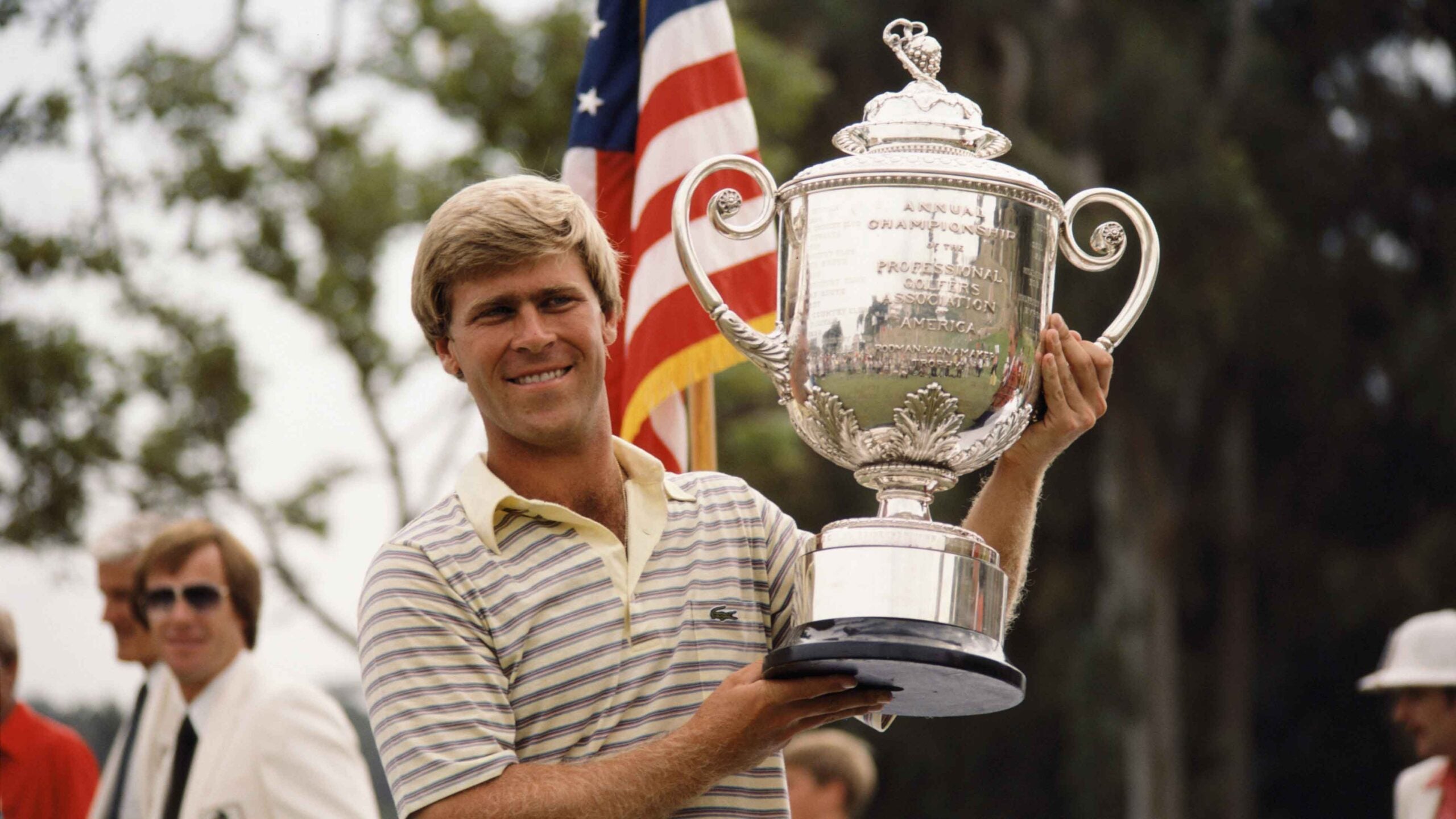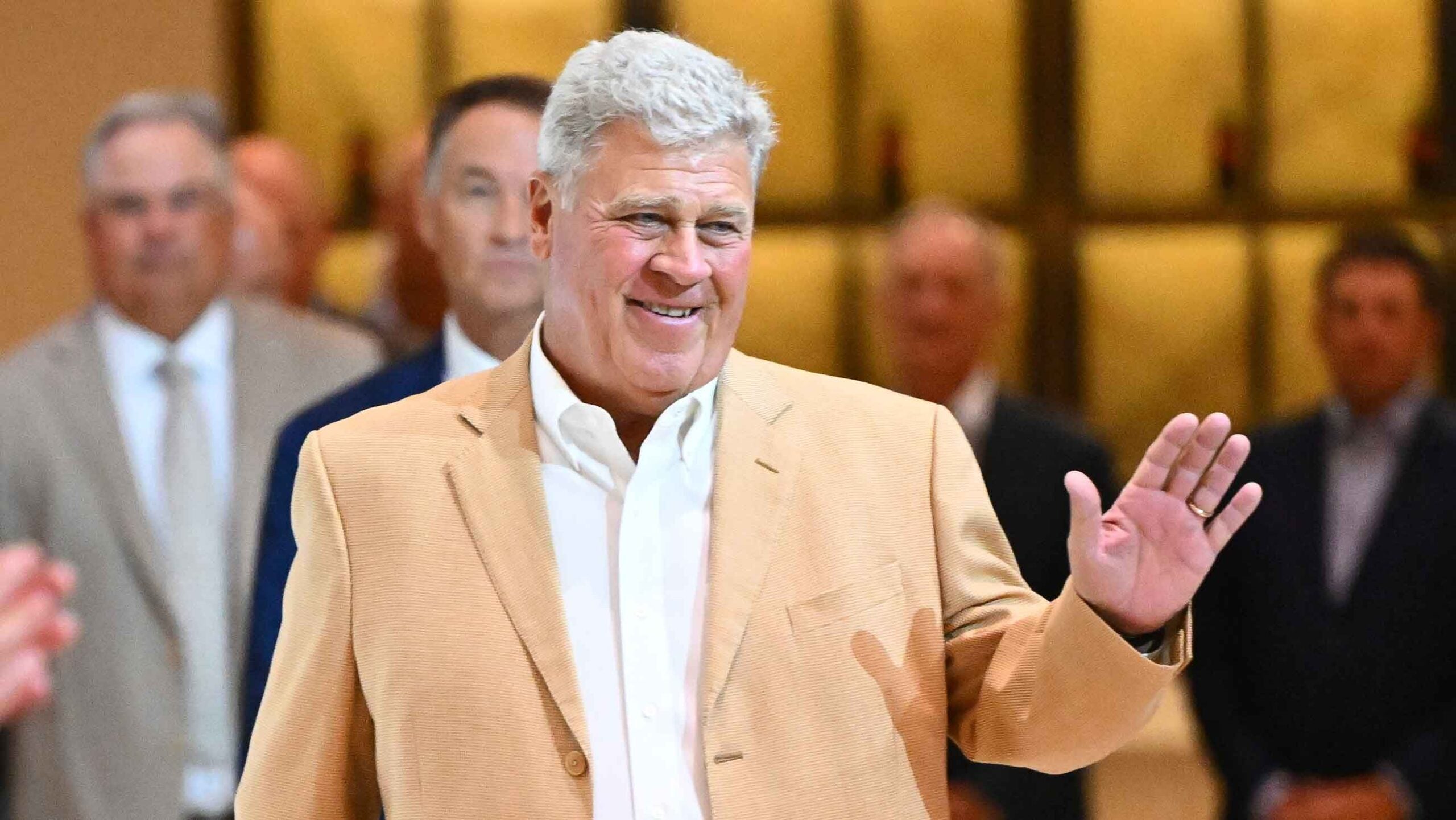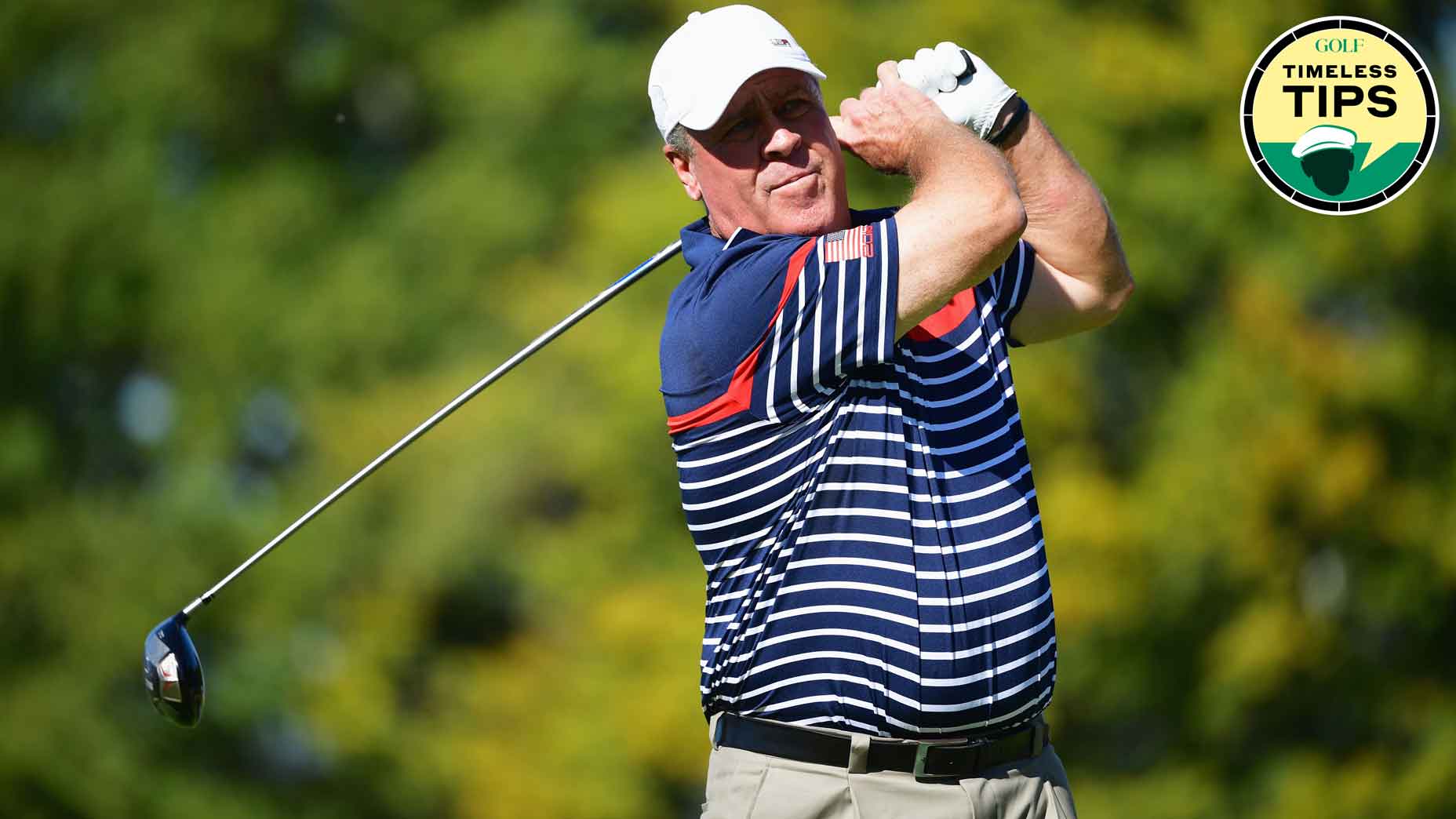Hal Sutton was a 24-year-old second-year pro when he won the 1983 Players Championship. Five months later he stared down his idol, Jack Nicklaus, to win the PGA Championship at Riviera. Over the next three seasons, he won four more times. The “Bear Apparent,” as Sutton had been dubbed, was seemingly on his way to extraordinary heights.
But then came the drought, a nine-year winless spell that extended from 1986 to 1995. “I took my foot off the accelerator,” Sutton, who is 66, says now. The Shreveport, La., native eventually found the gas pedal again at the 1995 B.C. Open, the first of seven more Tour titles he would add to his resume. Sutton also captained a U.S. Ryder Cup team, in a losing campaign at Oakland Hills in 2004.
Today, Sutton has shifted his professional focus from playing golf courses to building them, including the likes of TPC Treviso Bay in Naples, Fla., and Boot Ranch in Fredericksburg, Tex., a pursuit, Sutton says, that has brought him great joy. On a recent visit with Sutton at his latest design credit — the Darmor Club in Columbus, Texas — GOLF.com spoke to the 14-time Tour winner about both his playing and designing careers, his regrets and what advice he’d offer today’s up-and-comers.
This interview has been lightly edited for clarity.
GOLF.com: How do you assess your playing career versus what you’ve accomplished in your designing career?
Hal Sutton: I’m so much happier as an architect than I was as a player. What I’ve found is the playing goes away in a hurry, but the architecture can stay forever. I get real pleasure out of people enjoying my course [Darmor], and I think it gets better every day. … When I did Boot Ranch and this one, I was here every day, working every hole and seeing to every detail. No architect does that. They come in every six weeks or so and then move on. I did a course in Florida with Arthur Hills and another in Japan; I just put my name on those. This is where I want to spend my time.
Your last PGA Tour win came in Houston in 2001, and you didn’t play much on the Champions Tour on account of hip issues. How much do you remember from your playing days?
I have some regrets and made some mistakes when I first started.
How so?
I started out hot with a PGA Championship and a Players title, but a veteran player I respected told me I didn’t know how to play for the money. I asked him what that meant and he said I didn’t know how to play percentage golf and earn some good checks when you didn’t win.
How did that affect you?
I took my foot off the accelerator on the course and put my foot on the break and started to play percentage golf, which I regret. As a result, I shot a lot less scores in the 80s, but nobody really cares about that. I didn’t win as much.
What advice would you give today’s rising talents?
Don’t listen to people about your game, listen to yourself. When you come out on Tour, everybody is an expert. One of the problems I had when I first came out was I listened to you [the media]. I figured they had been around the game, and when they wrote somebody about me, I figured they knew something and I listened. That was a mistake.

How important is it for young players to have mentors like you had with Jack Burke, Jr.?
Get somebody who will call you when you don’t expect it. Jack was that for me — not somebody after the all-mighty dollar. When you turn pro, everybody is an expert, and everybody is trying to make a niche for themselves. You don’t need that.
Were you misunderstood as a golfer?
I never really thought about it to be honest. I guess to have thought about it would have meant I cared what people thought, and I really didn’t.
Did you think much about your hot start, winning both the PGA and Players Championship in 1983?
I didn’t really think about it at the time. When you’re a competitor, you never think it’s not going to go well. You don’t think about the other side. That’s some real wisdom for you.
It’s become customary to blame a U.S. Ryder Cup loss on the U.S. captain, as happened with Zach Johnson last year. Would you like a mulligan with your own captaincy?
No, I’ve got big shoulders, I can take it. I feel I let a few majors slip away. I led on the back nine Sunday and didn’t close it out. Of course, I never missed a short one [putt] to lose one, either. I didn’t really dwell on it. I did the best I could and moved on.
What other memories, good or bad, stick with you from your playing days?
I like to collect art. I was in Carmel, California, with my wife and saw a large painting of a train getting ready to pull out of the station and a man standing there watching it leave. That really spoke to me, because for a great deal of my career, I just felt I was just on another plane, another car, just going somewhere to some other tournament, some other event.
Is golf architecture your life now?
I love to just be out here, give lessons, watch people play, spend time with my wife and travel with her. It’s very peaceful, and it’s really hard to get me upset about anything these days. I just want this [Darmor Club] to be my contribution back to the game which has done so much for me.



